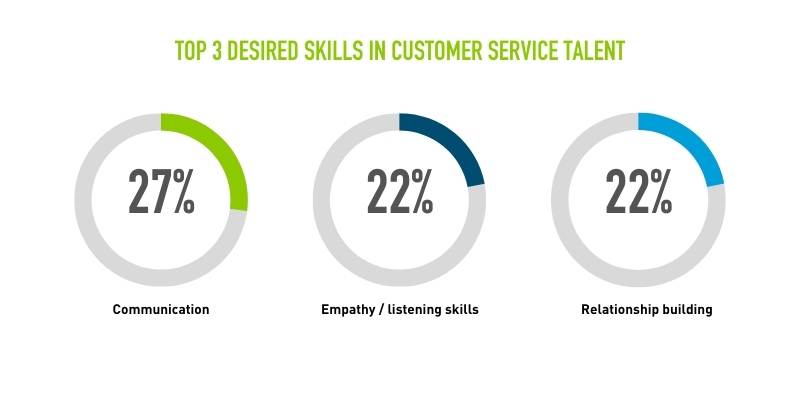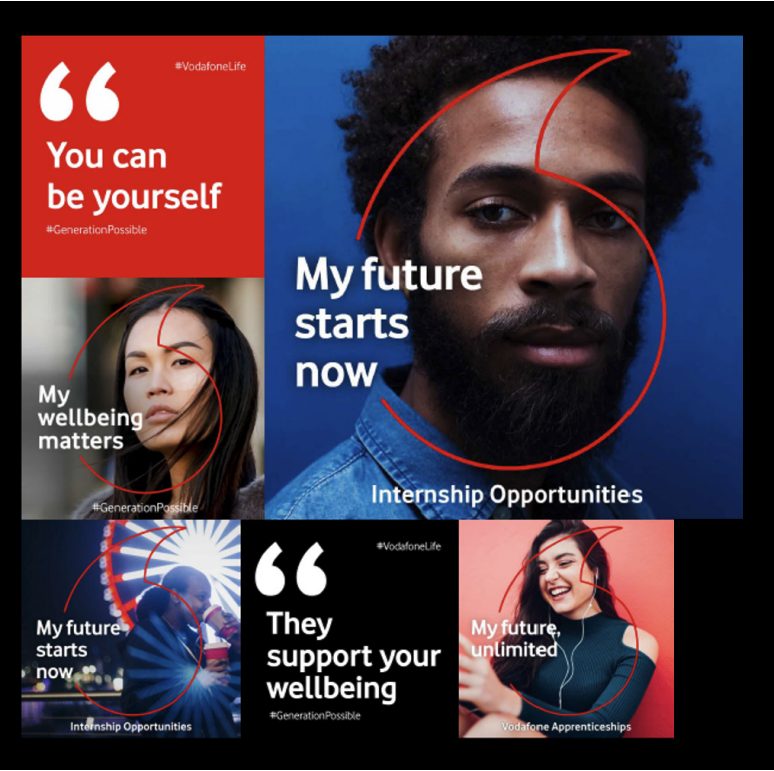The energy and utilities sector has a gender problem. The field is overwhelmingly male-dominated, and if providers are going to be able to meet the global demand in the future, talent leaders in the industry must bring in more women to tackle the gender gap in energy and utilities.
Women make up 39% of the global workforce, but only 16% of the traditional energy sector. This varies by location and job type. In the U.S., natural gas and nuclear energy have the highest percentage of female workers, at 35% and 34%, respectively. But in some countries, like Japan, women make up only 3% of the energy workforce.
According to Deloitte, over two-thirds of executives rate DE&I as an important issue. And for good reason. Diversity is strongly tied to innovation. Diverse teams—including women, neurodivergent individuals and professionals from underrepresented backgrounds—are more creative, make better decisions and solve problems more efficiently.
Additionally, the energy and utilities industry is facing a massive talent shortage. According to McKinsey, the global renewables industry will need 1.1 million blue-collar workers to develop and construct wind and solar projects and another 1.7 million workers to operate them, including laborers, electricians and operating engineers. On top of that, an additional 1.3 million white-collar workers will be needed to install, operate and maintain these facilities, including wind and solar project developers, project managers, finance experts, legal staff and many other roles.
If talent leaders in the sector stick to the same recruiting strategies aimed at the same talent pools, providers will be understaffed, customers could see more energy service disruptions and workers could experience more incidents and accidents.
In this article, we provide three strategies for increasing the number of female workers in energy and utilities to close the gender gap.
1. Address Barriers for Women
In order to effectively recruit women into the industry, talent leaders need to understand what is keeping them away and work to remove those barriers to entry.
One important issue is pay. Globally, women in the sector face a wage gap that is more than twice as large as it is in non-energy jobs. According to the World Economic Forum, women in energy make about 20% less than their male coworkers. Their research shows that the wage gap stays the same when accounting for ability, education and potential experience, indicating that the gap is not because of differences in skill levels.
This leads to women in the industry being more likely to leave their positions than men, creating a challenge for employers looking to retain their female workforce.
One step employers can take is to complete a pay equity audit. According to the Harvard Business Review, a pay equity audit involves comparing the pay of employees doing “like for like” work in an organization. To complete this effectively, you will need each employee’s length of service, job classification and demographic information. From there, auditors can perform a regression analysis to account for pay differences based on factors like experience, education and training to identify differences based on gender, race or age.
With that data, experts recommend a two-pronged response. One is remediation, or adjusting the pay of any employees that may qualify. The next step is to identify what led to salary discrepancies in the first place. Were there incorrect job classifications? Or does the hiring process allow for wide differences in starting salaries? This will help create a fair and equitable process going forward.
Additionally, companies shouldn’t be shy or secretive about the work they are doing to build a better workplace environment for women. Workers value that transparency. In fact, several large organizations have made headlines for announcing when they’ve reached gender pay equity, like Adobe and Intel.
2. Invest in Diverse Sourcing Strategies
Once talent leaders confirm that their organization provides a fair and equitable environment for female workers, the next step is finding them. The energy and utilities industry is not alone in this need. Across all science, technology, engineering and math (STEM) jobs, women only account for 28% of the workforce.
Energy employers should invest in sourcing strategies aimed at underrepresented workers. Consider adding an AI sourcing tool that can identify passive candidates with the skills needed to succeed at your organization.
Some recruitment CRMs have automated talent matching capabilities that search candidate databases to find qualified candidates for any role. Candidates are then ranked by how closely they fit the role requirements, how likely they are to leave their current position, and their average tenure. Unlike a manual sourcing process, automated talent matching can help fill the top of your funnel in seconds.
Notably, in PeopleScout’s Affinix® CRM, Talent Finder can find and filter qualified candidates. The Diversity Boost feature also amplifies diverse candidates to help you reach your DE&I goals. It even allows talent leaders to identify what diversity means at their organization, including the goal of identifying qualified female candidates.
Also consider low-tech approaches to sourcing more female candidates. Attend “Women in STEM” hiring events, and partner with colleges and universities. The energy sector has become a hard sell for young workers, especially in fossil fuels. One study found that only 44% of millennials and Gen Z in STEM programs would be interested in working in the sector, but 77% were interested in tech. Identifying potential candidates and intervening early can help change minds and bring in more candidates.
3. Update your Employer Brand
Finally, talent leaders in the energy and utilities sector need to make sure that their employer brands appeal to female workers. Are DE&I efforts advertised? Do women appear in careers site imagery? What about company leadership? Are women represented?
Your employer brand is your most powerful tool in attracting top talent. The energy industry lags behind in employer branding and digital recruitment marketing, two factors that appeal to millennial and Gen Z workers and can attract more women. Showcase and celebrate female workers and leaders in places like your careers site and social media. Share the progress you’re making toward diversity and inclusion goals. Advertise benefits like mentorship programs and leadership training.
Also consider your job postings. Do they include gendered language? Words like “competitive, dominant or leader” may discourage women from applying. One survey found that male-dominated fields tend to use more masculine words in job descriptions, at 97%.
These changes can make a real impact. For example, a manufacturing client that operates in an industry that has historically been male-dominated partnered with PeopleScout with the goal of increasing the number of female applicants and hires. PeopleScout worked with the client to develop the Women in Manufacturing campaign. PeopleScout interviewed nearly 20 women who work in roles across the company and who love their jobs. Using this information, PeopleScout built candidate personas to target women interested in the industry, and created a campaign featuring real women who work for the client.
Using our proprietary total talent suite Affinix, we built a dedicated landing page and talent community for female candidates. The four-week Women in Manufacturing campaign launched on International Women’s Day and showcased the company’s woman-friendly, inclusive culture. The campaign featured employee spotlights, videos and stories to showcase how women are integrated into the corporate culture and are integral to the company’s success. This increased the number of women who visited to the employer’s careers site and is moving the needle on the company’s DE&I goals.
Think Long Term to Close the Gender Gap in Energy and Utilities
As with many male-dominated industries, progress won’t happen overnight, but employers should set reasonable and achievable goals to close the gender gap in energy and utilities. With the staffing challenges facing the industry, building a more diverse workforce for the future isn’t an option—it’s a necessity. An RPO partner brings industry expertise, recruitment technology and talent advisory solutions to the table, providing employers the tools they need to find and hire more diverse talent.
For more insights on recruiting in the energy and utilities sector, download our ebook, The Recruitment Handbook for Energy and Utilities.






